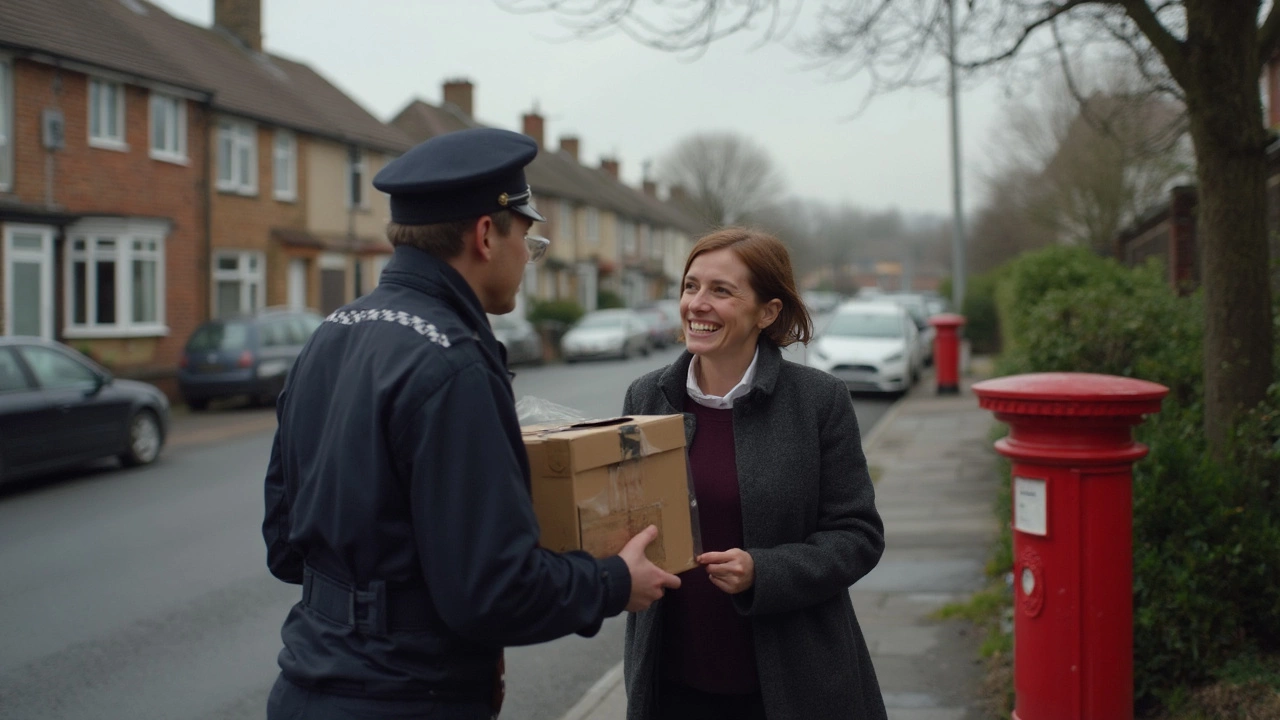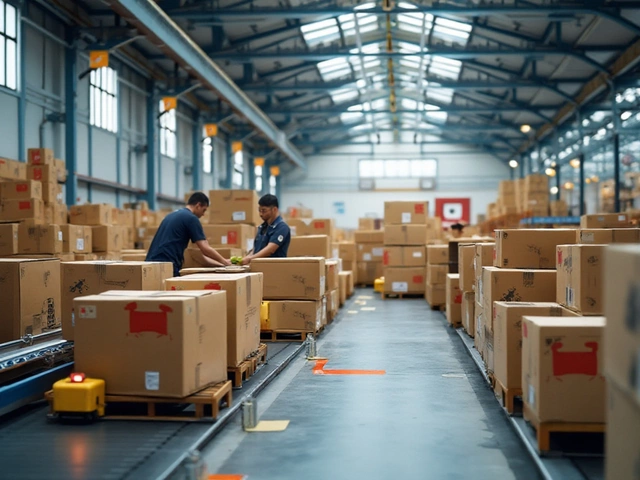Shipping Timelines – What You Need to Know
Ever wonder why a package shows up today on one order and takes three days on another? The answer lives in shipping timelines. Knowing the exact windows, cut‑off times and service levels lets you plan better, avoid missed deadlines and keep customers happy.
Understanding Courier Cut‑Off Times
Every courier has a daily deadline for same‑day or next‑day shipments. FedEx usually stops accepting overnight drops around 5 pm, while UPS pushes the limit to about 6 pm in most regions. These cut‑off times dictate whether your parcel makes the overnight truck or rolls into the next day's route. Miss the deadline, and you’re looking at a regular ground service instead of fast delivery.
Even within the same company, the cut‑off can change by city, service type and holiday schedule. For example, UPS may close earlier in rural areas but keep a late window in big cities. Always check the local schedule on the carrier’s site or ask the drop‑off clerk to be sure you’re on track.
Overnight & Next‑Day Options Explained
Overnight services sound the same, but they differ. FedEx Overnight® Express Saver guarantees delivery by 3 pm to most U.S. addresses, while UPS Next Day Air® Early guarantees early morning delivery for an extra fee. If you only need a package by the end of the day, standard overnight might be cheaper and still meet the deadline.
Next‑day options also include “Economy” tiers that ship later in the day. They’re perfect for non‑urgent orders that still need a quick turnaround. Knowing which tier matches your budget and timing can shave off unnecessary costs.
International shipments add another layer. FedEx International Priority® usually delivers in 1‑3 business days, but customs clearance can add a day or two. UPS Worldwide Express® aims for 1‑2 days, yet the same customs factors apply. Planning ahead for paperwork and duties helps keep the timeline realistic.
Last‑mile delivery is often the trickiest part. Couriers may stop deliveries after a certain hour—typically around 8 pm for residential routes. Some services offer “late‑night” drops for an extra charge, which can be a lifesaver for urgent orders. If you know your customers expect evening delivery, consider a carrier that supports it.
To avoid surprise delays, always confirm the expected delivery window, not just the service name. A package marked “overnight” could still arrive late if the pick‑up missed the cut‑off. Double‑checking the tracking info early in the day gives you a chance to reroute or upgrade if needed.
When you ship frequently, set up a schedule with your carrier. Regular pick‑up times, designated drop‑off points and pre‑paid shipping labels keep the process smooth and reduce the chance of missing deadlines.
Finally, communicate clearly with your customers. Let them know the exact day they’ll receive their order, any possible delays, and what to do if they need a later delivery. Transparent timelines build trust and reduce support tickets.
By mastering cut‑off times, choosing the right overnight tier, and planning for the last mile, you turn shipping timelines from a mystery into a reliable part of your business. Use these tips, track your results, and adjust as you grow—fast, reliable delivery will become second nature.
June 22, 2025
Evelyn Wescott
0 Comments
Wondering how long a courier takes to deliver? This article explains the real factors that impact courier delivery times, from distance and service level to traffic and weather. Get tips on choosing the fastest options, and learn what actually happens behind-the-scenes once you book a shipment. Know what to expect—and how to keep your package moving quickly. No extra fluff, just practical info so you stay in control of your deliveries.




